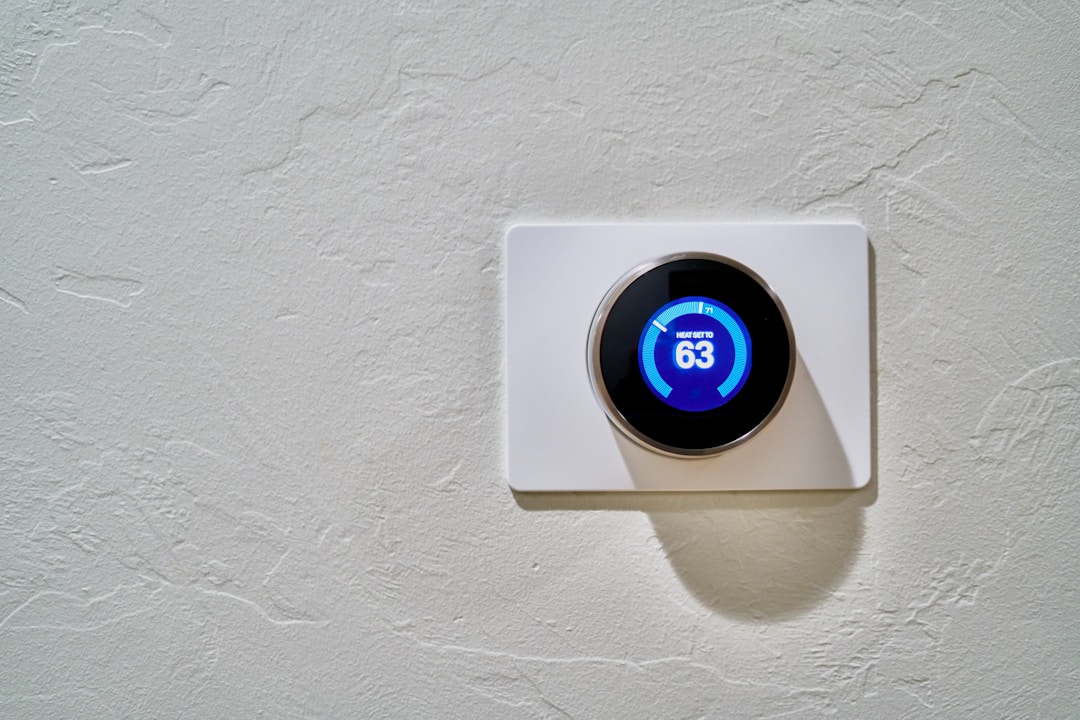Most people think of their home as their sanctuary and a safe space. This isn’t always the case because contaminants in your home can make you sick.
Your home’s structure, systems, air quality, flooring, and occupants can create, retain, or spread pollutants throughout your home. Understanding where contaminants come from, how they affect your health, and how to reduce pollutants will help you ensure your family’s health and safety. Use these tips to identify and eliminate indoor air pollutants and improve your home’s indoor air quality.
Install a new heating, ventilation, and air conditioning (HVAC) system.

Understanding what to expect from a new air system will help you determine if you should replace your HVAC unit. HVAC systems draw indoor air into the system and alter the air’s temperature. When your heating system is activated, your HVAC unit distributes warm air. Your air conditioner distributes cool air.
Bacteria and mold can grow in old HVAC units. When your system blows air throughout your home, it can distribute mold particles, which can cause respiratory issues, such as asthma. It can be more affordable to install a new system instead of repairing and cleaning an HVAC unit that hasn’t been maintained.
Maintain your home’s HVAC system.
Every day, millions of tiny contaminants flow through indoor air spaces. One way to reduce the number of contaminants in your home’s air is to regularly replace your heating, ventilation, and air conditioning unit’s air filter. The air filter traps pollen and pollutants and keeps them from circulating throughout your home. When old air filters aren’t replaced, your home’s air quality will suffer because the filter won’t be able to stop contaminants from circulating in your home’s air supply. Make a point of inspecting your air filter each month. If possible, clean the filter to remove pollutants. Your ventilation system will distribute moisture if the air filter is wet. Wet air filters can also cause mold and mildew growth, so make sure it’s dry before you put it back.
Most homes have a heating and air conditioning unit that distributes air through ducts. Toxins and pollutants can build up inside ducts, causing your HVAC unit to send these contaminants throughout your home. Hire a qualified technician to inspect your HVAC system twice each year and clean your ducts when required to ensure your air ducts don’t compromise your home’s air quality.
Replace your floors, doors, and windows.

Your home’s flooring can store contaminants that have adverse health effects on you and your family. Remove carpet and have a hardwood floor installer install wood floors to keep pollutants from building up inside your home.
Old doors and windows allow outdoor air to enter your home unfiltered. Installing new windows and doors can prevent leaks and help you keep pollutants out.
Cook outdoors when possible.
Gas stoves produce carbon dioxide. You can reduce household contaminants by cooking outdoors during warm months instead of using your gas stove. Carbon dioxide can cause health issues, such as headaches, dizziness, and high blood pressure. Reducing your use of gas appliances, such as stoves, will protect your health.
Add houseplants to your home.

Houseplants are natural air cleaners that eliminate odors and turn carbon dioxide into oxygen. Homeowners benefit from breathing in fresh, contaminant-free air. Fresh oxygen also promotes sleep, and houseplants have been linked to lowering blood pressure levels. Some houseplants also produce pleasant odors that reduce anxiety.
Install a whole-home humidifier.
Installing a whole-home humidifier is a great way to maintain desired humidity levels throughout your home. Dry air can aggravate respiratory issues, such as asthma and sinusitis. It’s also easier for viruses to spread throughout your home if the air is dry. Maintaining appropriate humidity levels can reduce your risk of spreading the flu and prevent other health issues, such as sore throats and headaches.
Contaminants reduce your home’s air quality and increase your chances of suffering health issues due to low air quality. Installing and maintaining a new HVAC system is an effective way of reducing pollutants. You can also maintain your home’s quality by installing new floors, doors, and windows, adding houseplants, and maintaining healthy humidity levels.




